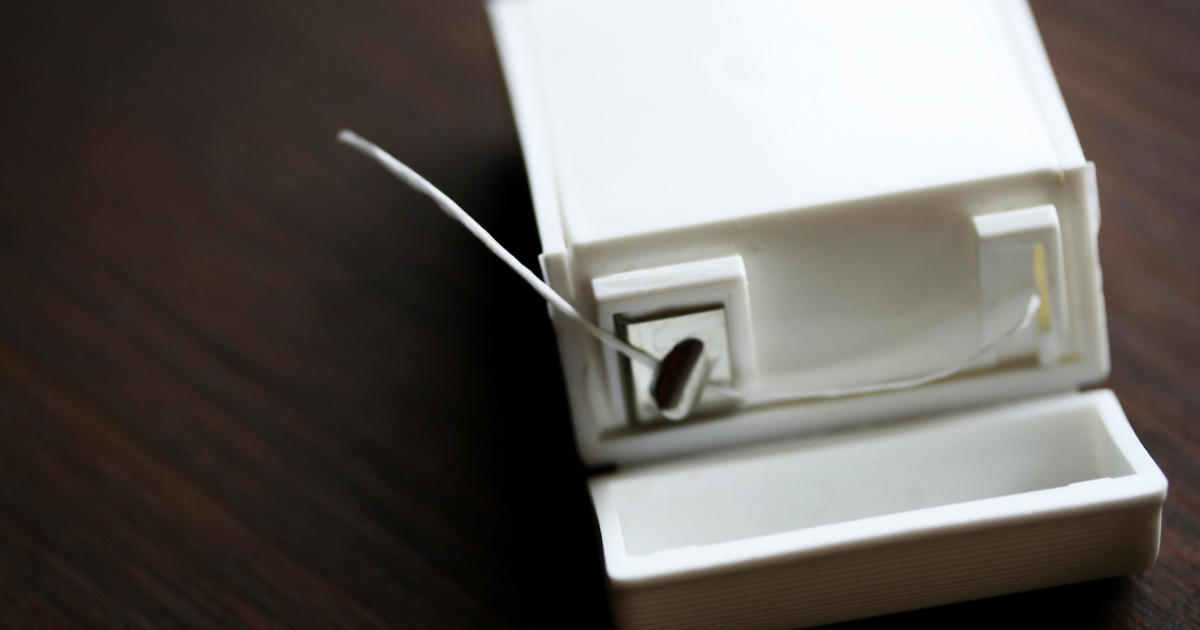
How do I know if my personal care products contain forever chemicals? Experts weigh in.

Although the dangers of so-called forever chemicals are well-documented, these harmful substances have been detected in a range of personal care products used by consumers on a daily basis.
For example, flossing your teeth is good oral hygiene, but some flosses are coated in per- and polyfluoroalkyl substances (PFAS), commonly known as forever chemicals, which can make consumer products more durable. Ample research has linked PFAS to some cancers, infertility and other diseases.
Earlier this year, the Food and Drug Administration said it found 31 different PFAS, in 570 cosmetic products, over the 12 months ending in March 2023. That begs the question, “How can I know if my personal care products contain forever chemicals?”
regulations, which state “The ingredient declaration must be conspicuous so that it is likely to be read at the time of purchase.”
The problem is the toxins are often present even when they’re not intentionally added in the manufacturing process. Consequently, consumers are in many ways flying blind when it comes to identifying products that are safe and won’t expose them to PFAS, according to experts.
Unintentional, but still present
A 2021 study by researchers from the University of Notre Dame, Indiana University and the University of Toronto, found PFAS in a wide variety of cosmetic products, including lipsticks and mascaras. Even so, “there isn’t a strong correlation between the listing of these chemicals on ingredient lists and the total PFAS content in the product,” David Andrews, senior scientist at the Environmental Working Group, told CBS MoneyWatch.
More than half of 231 U.S. and Canadian cosmetic products tested by the researchers contained PFAS, yet most of those products did not list any PFAS compounds on their ingredient labels, the study found.
“So, that highlights some of the difficulties for consumers in terms of completely avoiding exposure to chemicals,” Andrews said, adding that the chemicals’ presence could be traced back to contamination during manufacturing or storage of the products.
It’s concerning, he said, and sheds light on the limitations of what individual consumers can do to protect themselves.
“It’s a place where there should be more testing and regulatory oversight from the FDA of cosmetics manufacturers and their supply chains to eliminate any potential source of PFAS finding its way into the final product,” Andrews said.
Until then, there are steps consumers can take to try to ensure they aren’t exposing themselves to forever chemicals that may be inadvertently present in products without being disclosed in their ingredient lists.
Look at ingredient labels
For starters, check product labels for the presence of any added PFAS, or fluorinated compounds.
“There are PFAS that do show up in ingredients. Perfluoro is an indicator of the use of these forever chemicals in cosmetics,” Andrews said.
Here are ingredient names to look out for, according to the EWG:
- Perfluorononyl Dimethicone
- Perfluorodecalin
- C9-15 Fluoroalcohol Phosphate
- Octafluoropentyl Methacrylate
- Perfluorohexane
- Pentafluoropropane
- Polyperfluoroethoxymethoxy Difluoroethyl Peg Phosphate
- Methyl Perfluorobutyl Ether
Ask for testing data
Go one step further by asking the product manufacturer to share PFAS testing data, Amrita Saigal, founder and CEO of Kudos, a 100%-cotton diaper brand, advised consumers.
“Testing methodology matters, as the reality is that PFAS is everywhere from clothing to furniture to cleaning products,” she told CBS MoneyWatch. “So even if you were to open and test a product that did not have any detectable PFAS as manufactured, there is a chance the test results would show a trace amount of PFAS picked up from handling.”
Environmental cross-contamination often leads to small amounts of PFAS showing up in products, emphasizing the importance of thorough product testing for the presence of PFAS by reputable, third-party labs, she added. “A sloppy testing company can make it seem as though there is PFAS in any product, even those that don’t have any,” Saigal said.
Avoid these products altogether
Stay away from nonstick cookware, long-lasting mascaras and some waterproof clothing.
“PFAS are generally very good at repelling water, stains and grease. Hence you tend to see them in products such as traditional nonstick cookware, raincoats and mascara,” Saigal said.
Instead, choose products made from natural materials like cotton and wool, which are less likely to contain added PFAS, she advised.
Graham Peaslee, a University of Notre Dame physicist and one of the researchers behind the cosmetics study, urged consumers to avoid products that claim to have a “miraculous property,” or claim to be “long-lasting.”
Of the products his team tested, about nine in 10 waterproof mascaras contained PFAS, whereas only one in 10 ordinary versions of the beauty product contained the toxic chemicals.
Shop small
Peaslee added that larger companies that manufacture thousands of products and have robust supply chains are often slower to completely eliminate PFAS from the manufacturing process than smaller companies.
“Smaller brands don’t have tens of thousands of products, so it’s easier to test them,” Peaslee said. “The bigger brands are also testing their supply chains and removing PFAS form their formulations, but it takes years to do that.”
Also, because PFAS are expensive, products that contain them tend to be priced accordingly. Sometimes, noted Peaslee, a low price can indicate that a product is PFAS-free.
Megan Cerullo
Source: cbsnews.com